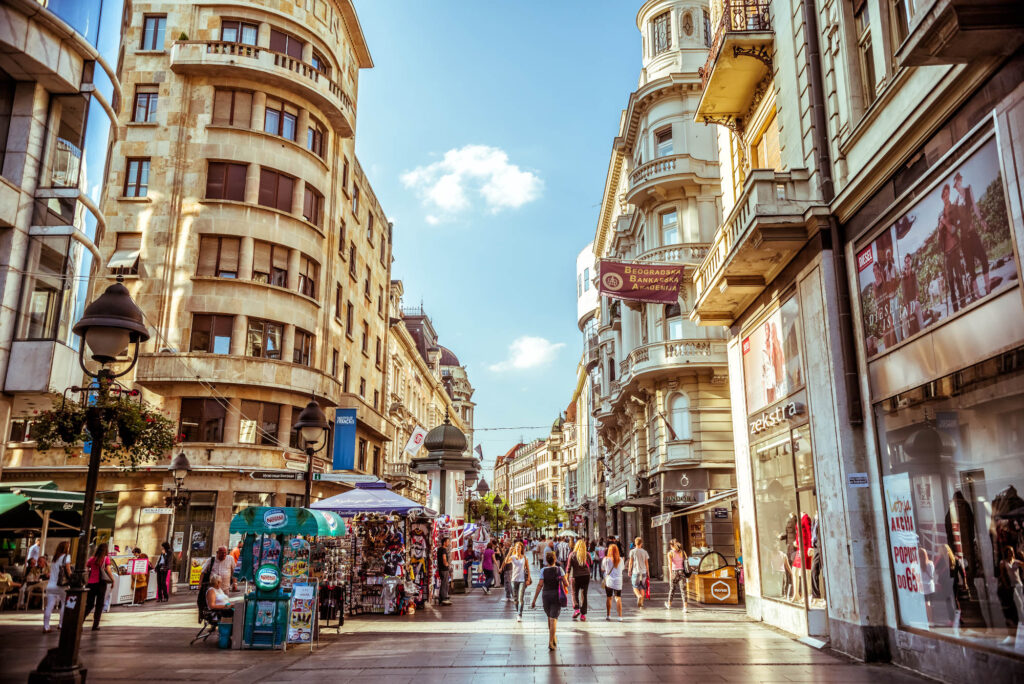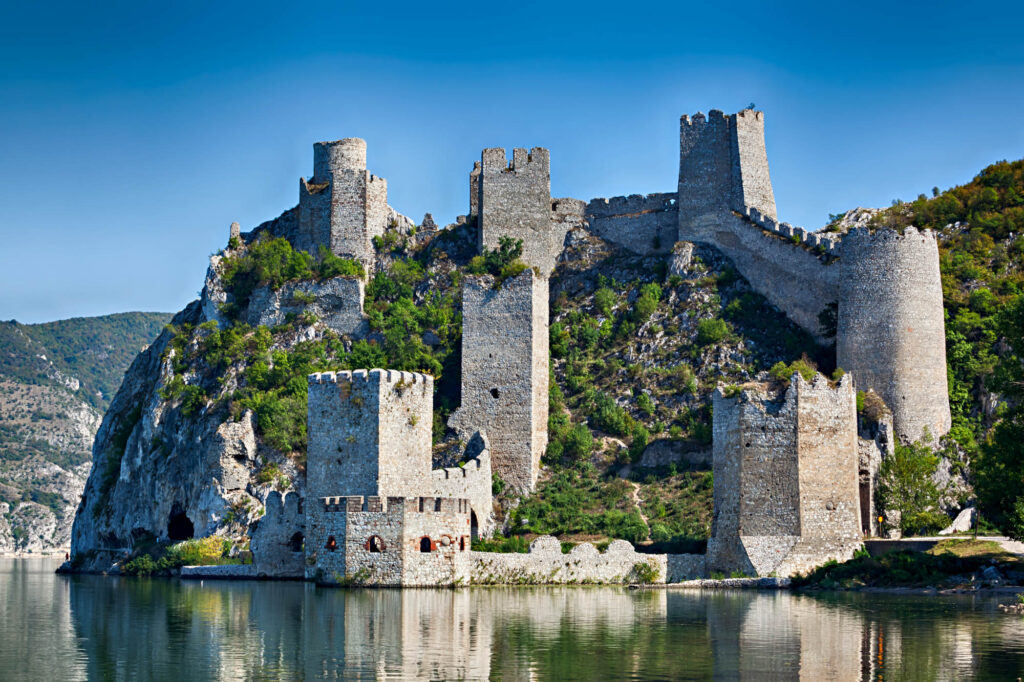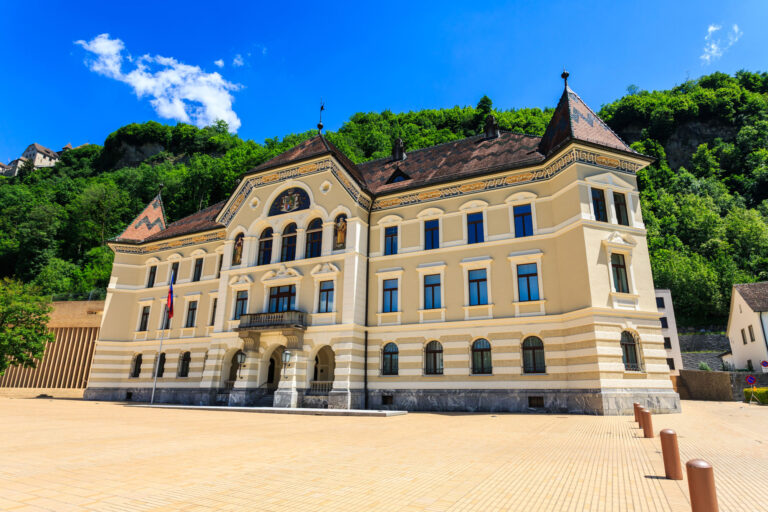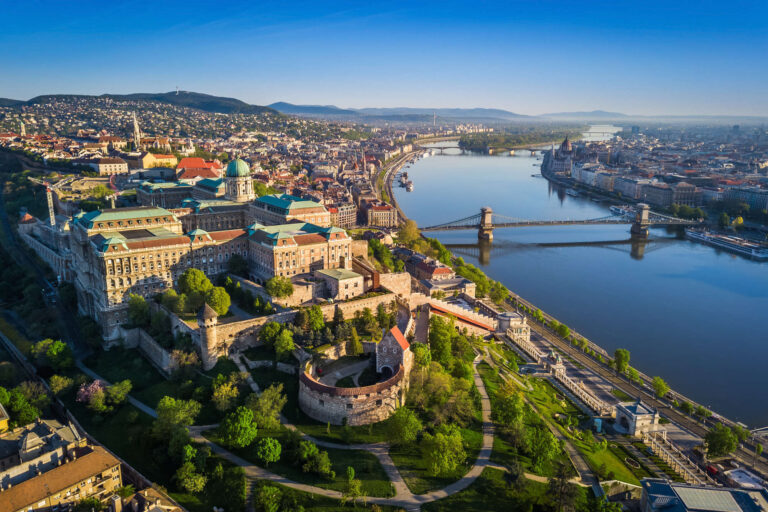
- COUNTRY
- MAIN CITIES
- prev
- next
THE COUNTRY
The Kingdom of Serbs, Croats, and Slovenes was formed in 1918; its name was changed to Yugoslavia in 1929. In 1989, Yugoslavia broke up along ethnic lines. In 1991, Croatia, Slovenia, and Macedonia declared independence, followed by Bosnia in 1992. Montenegro and Serbia declared independence in 2006.
- Novi Sad; Zlatibor;
- Studenica Monastery;
- Derdap National Park;
- Prizren;
- Kopaonik National Park;
- Stecci Medieval Tombstones;
- Gamzigrad-Romuliana,
- Palace of Galerius;
- Belgrade (includes Saint Sava Cathedral, Kalemegdan Fortress)
- Private Jets, Helicopters and Airliners
- Finest Onboard Catering
- Ground Transport and Yachts
- Luxury Villa & House Rentals
- Local Guide & 24/7 Assistance
- Customized Global Services
TO BE KNOWN
-
The State's CapitalBelgrade
-
Time ZoneUTC +1
-
Telephone Code381
-
Total Area77 474 Km2
-
Population6 693 375 (2023 est.)
-
Main LanguagesSerbian, Hungarian, Bosnian
-
CurrencySerbian dinars (RSD)
-
GDP Per CapitaUSD 19800
-
Airports26
-
Heliports2
TRAVEL INFORMATION
In the north, continental climate (cold winters and hot, humid summers with well-distributed rainfall); in other parts, continental and Mediterranean climate (relatively cold winters with heavy snowfall and hot, dry summers and autumns)
Serb 83.3%, Hungarian 3.5%, Romani 2.1%, Bosniak 2%, other 5.7%
There is a strong coffee culture in Serbia. Black coffee ('crna kafa') is served frequently throughout the day.
Sarma — rolled cabbage stuffed with minced meat, rice or bulgur, various herbs, red pepper, paprika, ground sumac, or tomato sauce cooked over sauerkraut
Upper middle-income Balkan economy; current EU accession candidate; hit by COVID-19; pursuing green growth development; manageable public debt; new anticorruption efforts; falling unemployment; historic Russian relations; energy import-dependent
























